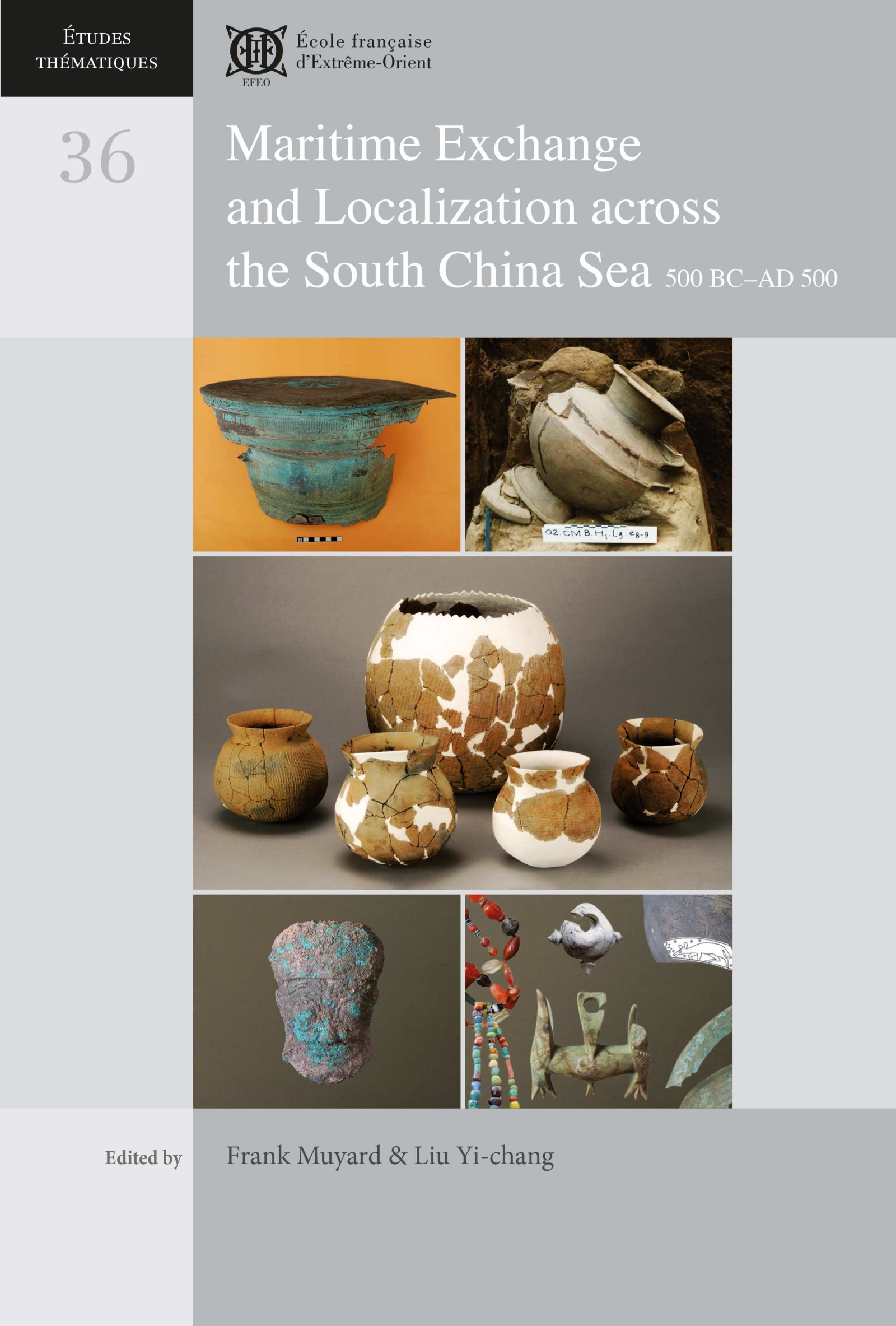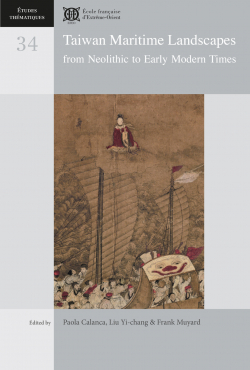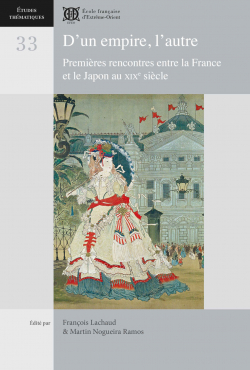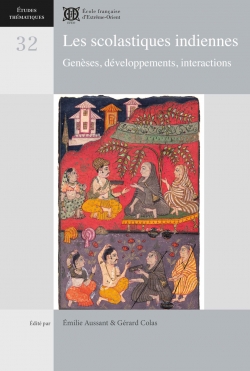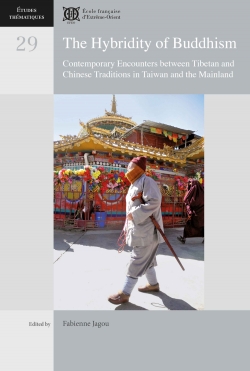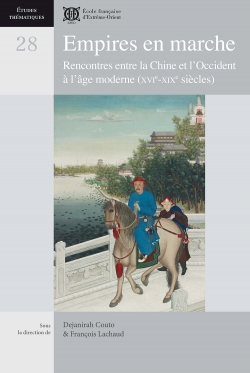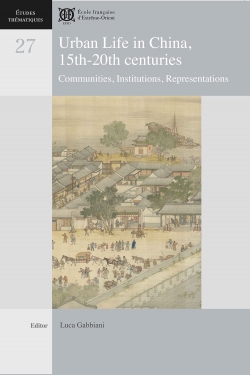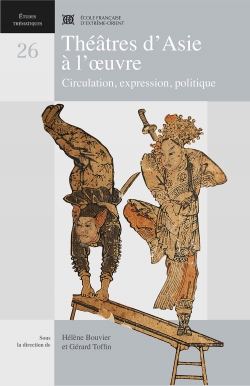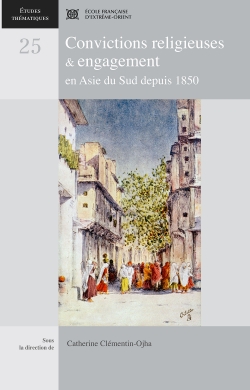The catalog of EFEO Publications includes works on a wide range of disciplines in the humanities and social sciences (archaeology, history, anthropology, literature, philology, etc.), centered on Asia, from India to Japan.
These publications address both specialists, and a wider public interested in Asian civilizations and societies.
Maritime Exchange and Localization across the South China Sea
500 BC–AD 500
Collection : Études thématiques
Collection's number: 36
Editor: Muyard (Frank) , Liu (Yi-chang)
Edition: EFEO
Publication date: 2025
Status : Available
40,00 €
ISBN-13 : 9782855392745
ISSN : 1269-8067
Width : 18.5 cm
Height : 27.5 cm
Weight : 1.44 kg
Number of pages : 480
Distributor : EFEO Diffusion
Geography : Indonesia, Vietnam, Malaysia, China, South East Asia, Thailand, Taiwan
Language : English
Place : Paris
Support : Papier
Description :
18.5 x 27.5 cm, 480 p., Ill., English, paperback
Abstract
Maritime Exchange and Localization across the South China Sea examines the changes that characterized the coastal societies around the South China Sea Basin during the Metal Age (500 BC–AD 500) and their links with the formation of a maritime exchange network in the region. Through case studies, the book documents the continuity, change, and expansion of prehistoric and protohistoric cultures as well as the activity of maritime traders and craftsmen and the impact of sea-crossing techniques and materials. Grounded in archaeological and historical analysis, it studies the use and spread of various types of mortuary containers, ornaments, and vessels, as well as megaliths and metallurgy. The volume questions how local communities engaged with and reacted to growing maritime exchanges by incorporating new knowledge, practices, tools, decorative styles, and artifacts originating from abroad. The book also emphasizes the dual role of indigenous agency and outside stimulus in fostering these exchanges, developing local networks, and establishing interconnected social and cultural systems and polities across the South China Sea, offering new insights on the interplay between regional influence and local evolution in protohistoric times.
Table of contents
About the collection
Études thématiques
Authors who would like to submit drafts are asked to follow these instructions, download : Feuille de style [PDF 602 Ko].
About the editor
Muyard (Frank)
Frank Muyard is currently Head of École française d’Extrême-Orient (EFEO) Taipei Center and Associate Professor, National Central University, Taiwan. His main research interests are Taiwan and China’s modern history and sociology, as well as Austronesian prehistory and South China protohistory. He is currently researching the history of Taiwanese archaeology and its interactions with state nationalism and indigenous peoples. Recent publications include “The Role of Democracy in the Rise of the Taiwanese National Identity,” in A New Era in Democratic Taiwan (J. Sullivan & C. Lee eds., 2018), “Taiwan Archaeology and Indigenous Peoples,” in Archaeology, History and Indigenous Peoples (L. Hung ed., 2016), and “Comparativism and Taiwan Studies: Analyzing Taiwan in/out of Context, or Taiwan as an East Asian New World Society,” in Comparatizing Taiwan (S. Shih & P. Liao eds., 2015).
Liu (Yi-chang)
Liu Yi-chang is currently Professor and Director of the Institute of Archaeology at National Cheng Kung University and Adjunct Research Fellow at the Institute of History and Philology, Academia Sinica, from which he retired in 2019 as Research Fellow. His main research interest is Taiwan and the South China Sea periphery, focusing mainly on Taiwan prehistory, indigenous archaeology, historical archaeology, archaeology of Southeast Asia, cultural heritage studies, and the history of Taiwan archaeology. His research objective is to comprehensively understand the history of human development in Taiwan in linking the Austronesian-dominant prehistory with the Han culture-dominant history since the 17th century by means of integrating archaeology, ethnology, early historical archives, and the oral history of the indigenous peoples.
Related books
Études thématiques
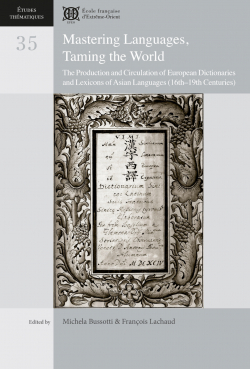
Mastering Languages, Taming the World
Michela BUSSOTTI, François LACHAUD, Dejanirah COUTO, Rui Manuel LOUREIRO, KISHIMOTO Emi, ŌSHIMA Mikio, Henning KLÖTER, Hans-Jörg DÖHLA, María Teresa GONZÁLEZ LINAJE, YANG Huiling, Mariarosaria GIANNINOTO, Eugenio MENEGON, Mårten SÖDERBLOM SAARELA, YOSHIKAWA Masayuki
40,00 €
2023
• Available
Études thématiques
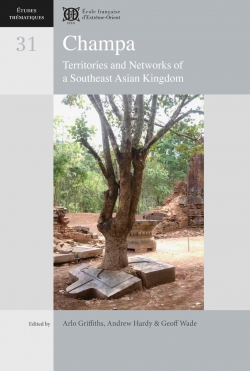
Champa
Andrew HARDY, Arlo GRIFFITHS, Pierre BAPTISTE, Amandine LEPOUTRE, William A. SOUTHWORTH, Geoff WADE, LÂM Thị Mỹ Dung, YAMAGATA Mariko, NGUYỄN Kim Dung, BÙI Chí Hoàng, Federico BAROCCO, NGUYỄN Tiến Đông, Thérèse GUYOT-BECKER, Anton O. ZAKHAROV, Mara LANDONI, John K. WHITMORE, Marc BRUNELLE, Stephen A. MURPHY, TRẦN Kỳ Phương, Parul Pandya DHAR
40,00 €
2019
• Available
Études thématiques
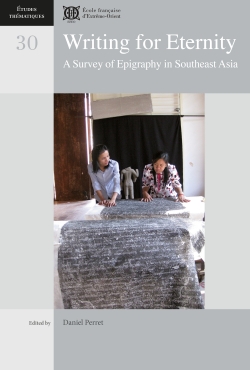
Writing for Eternity
Daniel PERRET, Claude GUILLOT, Ludvik KALUS, Philippe PAPIN, Claudine SALMON , Jacques P. LEIDER, Michel LORRILLARD, Arlo GRIFFITHS, Dominique SOUTIF, Julia ESTEVE, Peter SKILLING, Hadi SIDOMULYO, Tilman FRASCH, Kyaw Minn HTIN, Marek BUCHMANN, Christian BAUER, Titi Surti NASTITI, Roderick ORLINA
40,00 €
2018
• Available
Études thématiques
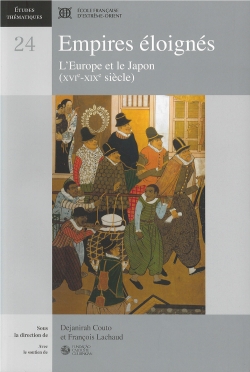
Empires éloignés. L'Europe et le Japon (XVIe-XIXe siècle)
Benoît JACQUET, François LACHAUD, Frédéric GIRARD, Dejanirah COUTO, Rui Manuel LOUREIRO, Jean-Noël ROBERT, José Miguel PINTO DOS SANTOS, TAKAHASHI Hiromi, João Paulo OLIVEIRA E COSTA, Juan GIL, Annick HORIUCHI, Michel WASSERMAN, Alexandra CURVELO, Nuno VASSALO E SILVA, Cynthia VIALLE, SUZUKI Hiroyuki
50,00 €
2010
• Available
